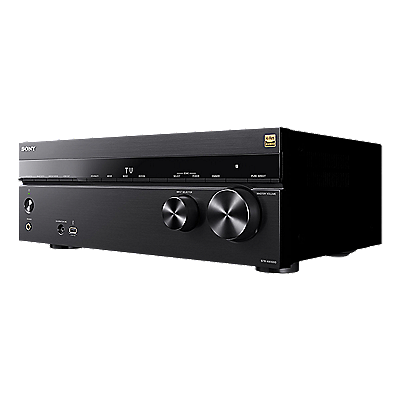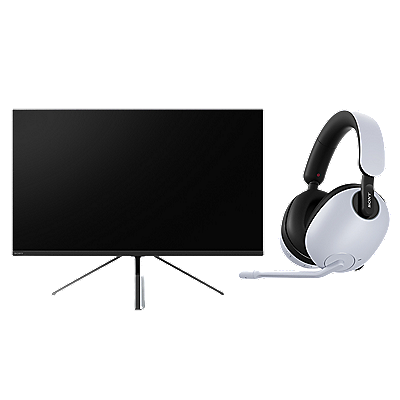Water and dust protection – all you need to know
Before you start using your Sony device, you should check its capabilities and limits. Whether you want to take it with you to the great outdoors or on a weekend trip, there are some basic guidelines to follow to ensure your device can handle whatever life has in store for it.
Let’s start with a closer look at IP ratings and how they may affect what you can and can’t do.
What is an IP rating?
The IP (Ingress Protection) rating is an international standard for measuring a device’s levels of protection from dust and fresh water. The first digit in the two-digit IP code indicates the level of protection against solid objects, including dust. The second digit refers to what degree the device is protected from fresh water.
Protection from solid objects and dust
IP0X
No special protection
IP1X
Protected against solid objects > 50 mm in diameter.
IP2X
Protected against solid objects > 12.5 mm in diameter.
IP3X
Protected against solid objects > 2.5 mm in diameter.
IP4X
Protected against solid objects > 1 mm in diameter.
IP5X
Protected against dust; limited ingress (no harmful deposit).
IP6X
Dust tight.
Protection from fresh water
IPX0
No special protection
IPX1
Protected against dripping water.
IPX2
Protected against dripping water when tilted up to 15 degrees from normal position.
IPX3
Protected against spraying water.
IPX4
Protected against splashing water.
IPX5
Protected against low-pressure water jet spray for at least 3 minutes.
IPX6
Protected against heavy jet spray for at least 3 minutes.
IPX7
Protected against the effects of immersion in up to 1 metre of water for 30 minutes.
IPX8
Protected against the effects of continued immersion in water at depths greater than 1 metre. The exact conditions are specified for each device by the manufacturer.
What this means for my device
Your device has an IP rating. This means that under a strictly controlled laboratory environment, the hardware works as designed even after being exposed to specific conditions.
Sony devices that are tested for their water resistant abilities are placed gently inside a container filled with tap water and lowered to a depth of 1.5 metres. After 30 minutes in the container, the device is gently taken out and its functions and features are tested.
Let it rain
Caught in the rain while waiting at the bus stop? Not a problem. Your Xperia device can handle raindrops or splashes of water, outdoors as well as indoors.
Likewise, if you're at the dinner table and accidentally spill water all over your device, you don’t have to worry. Just allow the device to dry out completely.
Or, you might enjoy watching a video on your Xperia device while doing the dishes. (That’s a great idea by the way, you’ve really mastered the art of multitasking!) Just make sure you don’t accidentally drop your device in the water, and wipe off any drops of water when you’re done.
Other ways to use your device
There are other ways to take advantage of your Sony device’s water and dust protection. You can use the device in the following scenarios:
- When your fingers are wet.
- In dusty environments, such as a windy beach or when hiking along a dusty trail. Just make sure you wash off all the dust on your device using water from the tap afterwards.
- Taking photos and movies in wet surroundings. Remember not to use the device underwater. If you accidentally get the device wet with non-fresh water, wash the device with tap water.
But don’t forget the covers…
As well as making sure you familiarise yourself with your device, you must remember to firmly close all covers before exposing your device to water or dust. This includes the covers for the USB port, the SIM card slot and the memory card. Some of our devices have a capless water resistant USB port. In cases where such a device has been exposed to water, it’s important that the USB port is completely dry before a USB cable is inserted into it. To remove moisture from the USB port, shake your device several times with the USB port facing downwards and then use a micro-fibre cloth to wipe your device dry. Repeat the procedure until no moisture is visible in the USB port.
You should also make sure that no strands of hair or other small objects get caught between the covers when you close them. Not doing so may seriously damage your device.
Basic care
Here are a few tips to help you make the most of your device:
- After using your smartphone, tablet or accessory in wet conditions, remember to dry off all covers and other areas where water can accumulate.
- Do not expose the device to seawater, salt water, chlorinated water or liquids such as fruit drinks, liquid detergent and vinegar.
- If the device is accidentally exposed to non-fresh water, such as chlorinated water from a swimming pool, always rinse your device off using fresh water.
- If either the speaker or microphone gets wet, their function may be affected until all the moisture has completely dried.
- The IP rating of your device was achieved in laboratory conditions in standby mode, so you should not use the device underwater, such as taking pictures. Do not use the device to take photos while performing any type of activity underwater, including diving or snorkeling.
- Drying times will vary depending on the environment, but the process may take up to three hours. During this time, you can still use all the features that do not rely on the speaker or microphone – you can take photos, check your email or send text messages without a worry.
- Do not use a hair dryer to dry any wet parts.
- Everyday wear and tear, along with damage to your device, can reduce its ability to stay protected from dust and moisture.
Warranty, repairs and customer service
It’s important to know that your warranty does not cover damage or defects caused by abuse or improper use of your device. Also note that compatible accessories, including batteries, chargers, hands-free devices, keyboards and USB cables, are not water resistant and dust protected on their own.























